There’s no perfect way to compile a comprehensive list of the most influential cameras. There are bound to be those who assert that some cameras were omitted from the list below. Given ever-changing technology, some say the list won’t ever be complete. You might even argue that some cameras mentioned here weren’t sold long enough to be considered significant. But whether long or short term, there’s no denying that these cameras have made what Steve Jobs would describe as a “dent in the universe.” How many of these influential digital cameras have you owned or used?
While the core of a digital camera is a sensor made of pixels, these alone don’t define what makes a digital camera special. A digital camera’s performance shouldn’t depend on how many megapixels it has. If that were the case, many current smartphone cameras these days would outclass pro cameras. To begin, it all started with an idea by Steven Sasson. He created the first self-contained digital camera in 1975 (when he was barely 25!) while he was an engineer at Kodak. The amazing resolution of the sensor of this camera was 100 x 100 pixels. That’s about the size of a tiny corner of the screen you’re reading this on. Sixteen years on, Kodak introduced what is arguably the first commercial digital camera, and that’s what we’re starting this list with.
Kodak DCS 100
Technically, this was a Nikon F3 with a specially made digital back that housed a 1.3-megapixel Kodak KAF-1300 sensor. You had to carry the processing and storage unit on your shoulder if you wanted to move around with it. Makes you really appreciate your chunky camera now, right? The shoulder unit came with 200 megabytes of storage. Nowadays, some cameras can take raw images where each file is almost that size, if not bigger. There was also a keypad of sorts to enter image captions. It cost USD 20,000 on launch, and Kodak sold just shy of 1,000 units. Photojournalists soon realized the power of being able to get an image across to their news desks in minutes. This was undoubtedly the first influential digital camera available to consumers.
Canon 40D
Back when amateur photographers weren’t busting each other’s chops about who had a higher resolution sensor unit, Canon issued their 40D model as a prosumer camera. Released in August 2007, it had a resolution of about 10.1 megapixels and came with an APS-C sensor. The native ISO only went up to 1600 (extendable up to 3200). Canon also introduced an integrated sensor cleaning system with the 40D. An updated kit 18-55mm lens with an Image Stabilization version and a ‘High ISO speed noise reduction’ option came along as well. It was noteworthy for being their first prosumer DSLR to have more than a single-digit megapixel sensor.
Canon EOS 1D
The OG of the DSLR world, the Canon EOS 1D was launched in 2001 and took inspiration for its design from their EOS-1v film SLR model. It looked like EOS-1v with its battery grip blended in and the LCD slapped on the back. The brand was facing stiff competition at the time from the Nikon D1, and the EOS 1D was Canon’s befitting reply. It boasted a weather-sealed magnesium alloy body with a 4.48 megapixel CCD sensor (1.3x crop factor, still not full frame). Aimed at sports photographers and photojournalists, it could do a then whopping eight frames per second to take up to 16 RAW or 21 jpeg images in one burst. With this DSLR, Canon showed the world that they were serious about serious photography. Its shape and form factor set the mold for many of their future flagship DSLRs.
Contax N Digital Camera
Not many people remember this, but it wasn’t Canon or Nikon to release the world’s first 35mm sensor digital camera. Those bragging rights go to Contax (better known these days as the manufacturer whose discontinued compact film cameras are tough to get and quite expensive). Announced in 2000, the Contax N Digital had a 6.6 megapixel CCD sensor, but took almost two years to begin being sold. It used a new N mount, so it wasn’t compatible with Contax/Yashica (aka C/Y) lenses. It had an incredible starting native ISO of 25 but only went up to ISO 400. Most of us likely never even heard of this SLR, but it’s on our influential digital cameras list for being the first SLR to have a full-frame sensor. At the time of writing this article, there wasn’t a single unit available on eBay.
Nikon D300
My first DSLR, the Nikon D300, wasn’t the first digital camera I owned, but it was the first camera to land me a professional photography gig. Launched alongside the D3, Nikon’s first full-frame digital DSLR, the D300 sported the looks and feel of the D3, but housed an APS-C sensor. It was part of their new prosumer line and, coupled with a battery grip and an f2.8 lens, it could turn heads. This camera and the two below in the list solidified Nikon’s reputation as a significant DSLR player.
The D300 used a 12.3-megapixel DX sensor and CF cards for storing images. Where it really upped the ante over the Nikon D200 wasn’t with the 3-inch LCD size and 921K dot resolution LCD, but with 51 AF points borrowed from the D3. I used my D300 at professional sports events for at least four years until I switched to the Nikon D4 for a higher fps rate.
Nikon D3
While it might not have been visually very different from its previous iterations of flagship DSLRs, the Nikon D3 opened the playing field for the brand, being their first full-frame DSLR camera. It was quick, durable, and churned out amazing images consistently. I owned two of these beauties at one point, and I still have one for use as a remote camera at sporting events. Fifteen years on, it’s not uncommon to still see some of these at regional sports meets. They are supremely reliable and still work after taking a beating. Rated for about 300,000 clicks, the one I have is still going strong after over 420,000 images.
The D300 and the D3 were Nikon’s first DSLRs to have their Live View feature. In addition, the D3 also allowed real-time depth of field preview in Live View. It was a hit with professionals who demanded the very best from their Nikon gear.
Nikon D700
If you wanted everything the Nikon D3 had to offer, minus the high 9fps frame rate, then the Nikon D700 was the camera you’d pick. Sometimes I wish I’d spent the extra thousand dollars and purchased this camera over the D300. I read about its color performance on for years after its launch. There are still many who purchased it but won’t part with it for any price. You could call it a mini D3 even. This was the darling of many Nikon prosumers and professionals starting their photography careers. It had the same 12-megapixel sensor as the D3 and came in at about half the size. The D750 was only its successor in name if you ask any original D700 users.
Pentax 645D
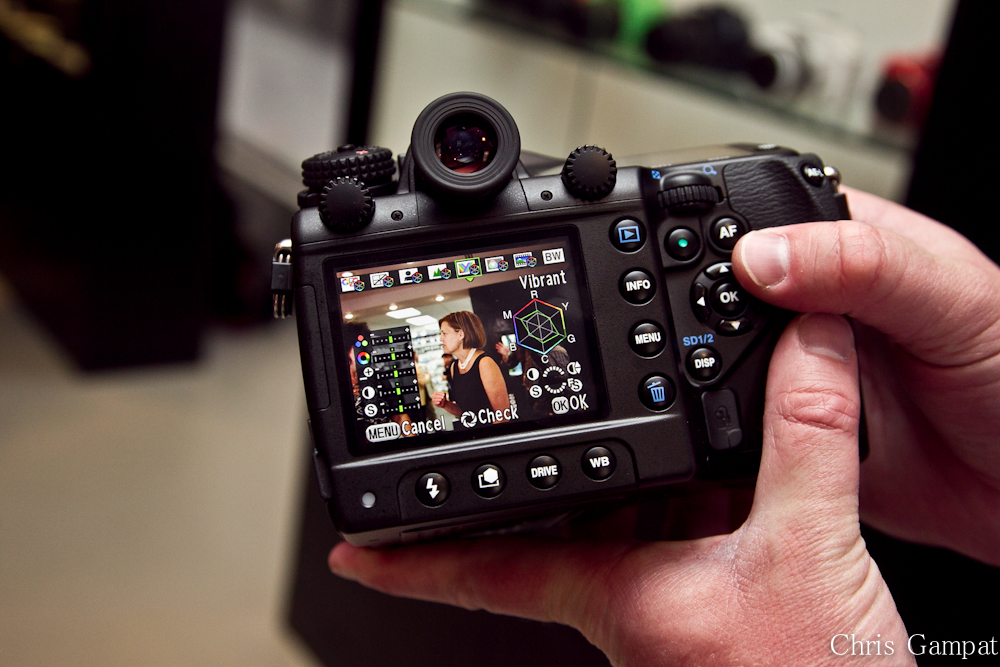
This was the first digital version of Pentax’s 645 medium format camera system. Coming in at a then unbelievable 40 megapixels CCD sensor, the 645D initially retailed for almost $10,000. Our initial impressions article noted how it felt solid to hold and had a unique shutter noise. It also used two SD card slots and had in-camera HDR image possibilities. But given file sizes and slower cards back in 2010, image previews on the 3-inch LCD took close to five seconds to appear. It’s been replaced by the 645Z, but you probably can still find an open box unit on the internet.
Canon 5D Mark II
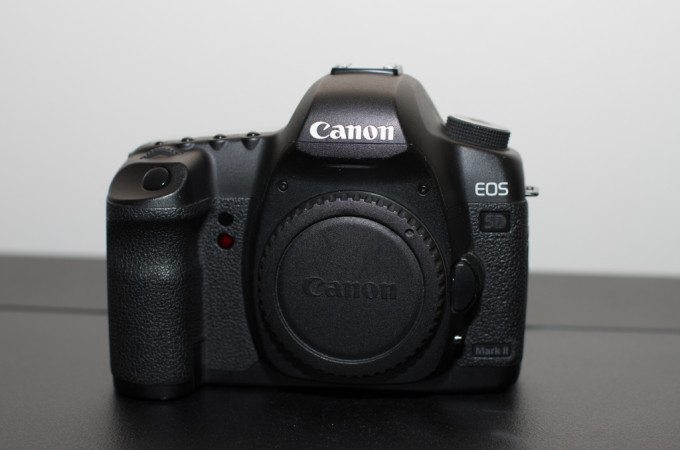
“The Canon 5D Mk II was a pretty perfect DSLR that changed the entire industry,” penned our editor-in-chief Chris, in a heartfelt ode to this beloved camera. He acknowledges its few AF flaws but misses the film-like feel its RAW files delivered. It’s quite possibly one of the most influential digital cameras Chris has owned. Maybe you love the Mark III more, but there’s no denying that the Mark II set the scene up nicely for the III’s arrival.
Sony a900
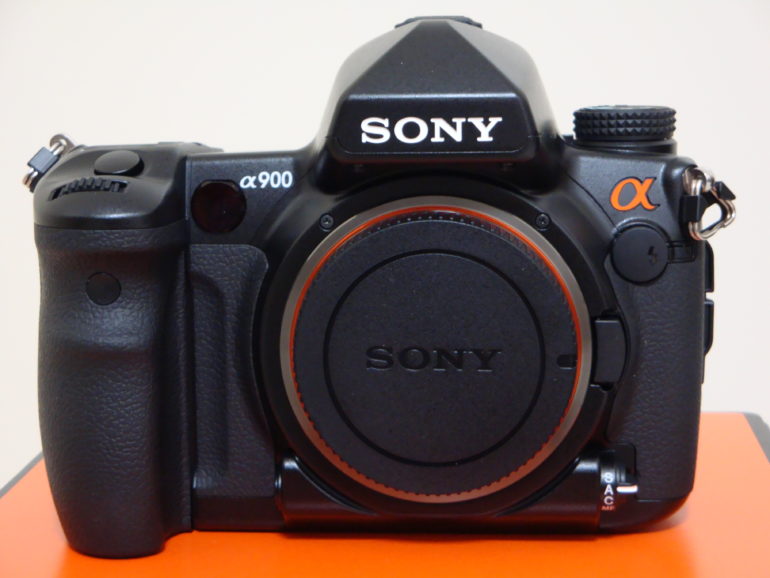
You could be forgiven for thinking that Sony only used to be a significant player in the compact digital and mirrorless camera segments. But they did have quite a following not so long ago among DSLR users. At the time of its launch in 2009, the a900 had the highest resolution among full-frame DSLRs with a 24-megapixel sensor. With a $3,000 price tag, it competed against the Nikon D3 and Canon 5D Mark II. It probably wasn’t as beautiful to look at as the next model in our influential digital cameras list though.
Sony a99
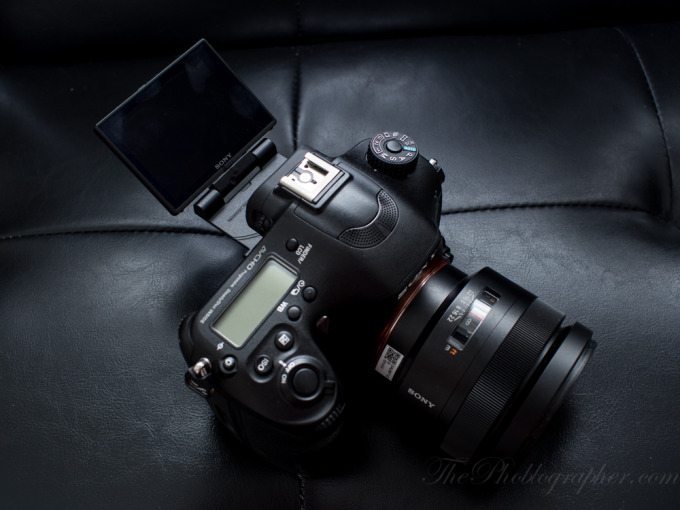
We were blown away by the ergonomics of Sony’s first full-frame DSLT, the a99, and were thankful that Sony introduced a standard hot shoe in this camera in favor of the earlier Minolta hot shoe. The AF tracking was the fastest we’d seen in a DSLR back then, and the EVF almost made it feel like you were looking at an optical viewfinder. Chris loved it and waxed eloquently about it in a very detailed review.
Quite literally, I did fall in love with the A99
Editor in Chief Chris Gampat
Olympus Pen Ep-1
The first camera from Olympus Corporation to come with a digital Micro Four Thirds sensor, the Pen EP-1 was marketed as the digital version of their successful PEN half-frame cameras. Olympus (or OM System as they are now known) made some of the most beautiful cameras of all time. The Pen EP-1 was no different, coming in various color options. And the price and size were pocket friendly at the time of launch in 2009. Jpeg images were bright and colorful, with decent noise reduction applied. It did lack a viewfinder, though.
Panasonic Gf1
The first model in the Lumix GF lineup was the GF1, which was basically the G1 collapsed into a compact camera. It looked beautiful and felt Leica-like in its handling during our tests. It had the 12-megapixel sensor of the G1 and added HD 720p video recording. But it failed miserably in high ISO performance. You can read more about this in our review here.
Panasonic GH1
Hot on the heels of its successful G1 model, Panasonic announced the Lumix GH1 soon after with one significant addition in terms of features: video recording. By then, Micro Four Thirds cameras had already become an affordable way for photographers to get into digital photography. You do wonder, though, why Panasonic didn’t just implement this in the G1 some months prior. Anyhow, the GH1 helped a lot of budding videographers get into short filmmaking with its full HD recording feature.
Fujifilm x100
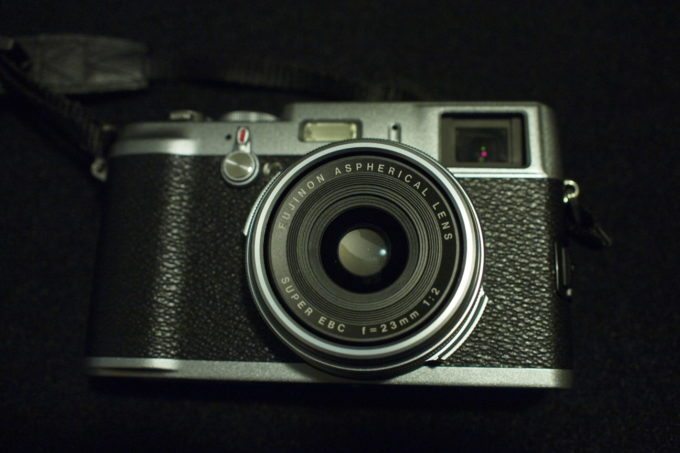
No all-time camera lineup is complete without the mention of this showstopper. Fujifilm’s x100 probably brought many people back into photography with its looks and performance. It’s one of those cameras that makes you slow down and enjoy your photography. Chris couldn’t find a single fault with this camera’s images. It spawned many successors after it, all of which were lauded for their performance and feel-good factor. Read about our x100 review here.
Fujifilm X Pro 1
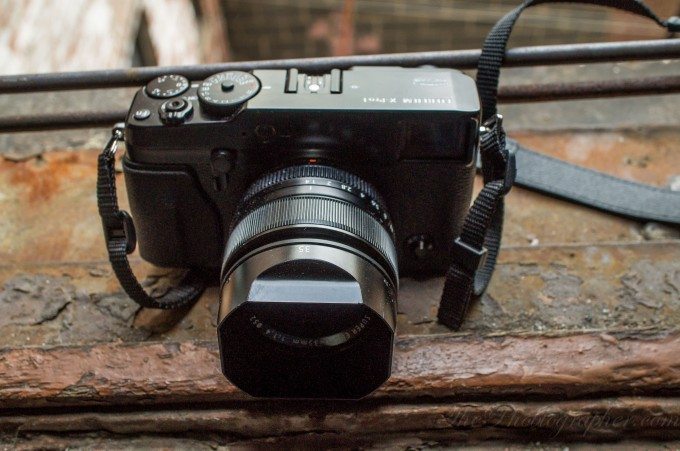
This may have been the first camera that tempted me to switch brands because of its portability and smashing good looks. The Fujifilm X Pro 1 got better with age, partially because of Fujifilm continuing to give firmware updates to improve performance. With looks that remind you of some rangefinder cameras and an APS-C sensor that churned out beautiful images with Fujifilm’s film simulations, this camera was a winner through and through. AF wasn’t the fastest among its competition, but it still won our Editor’s Choice Award. Take a closer look at our testing and results in the review.
“The X Pro 1 wins our highest recommendations and I’ve so far been reaching for it every single day that I’ve had it.”
iPhone 3G
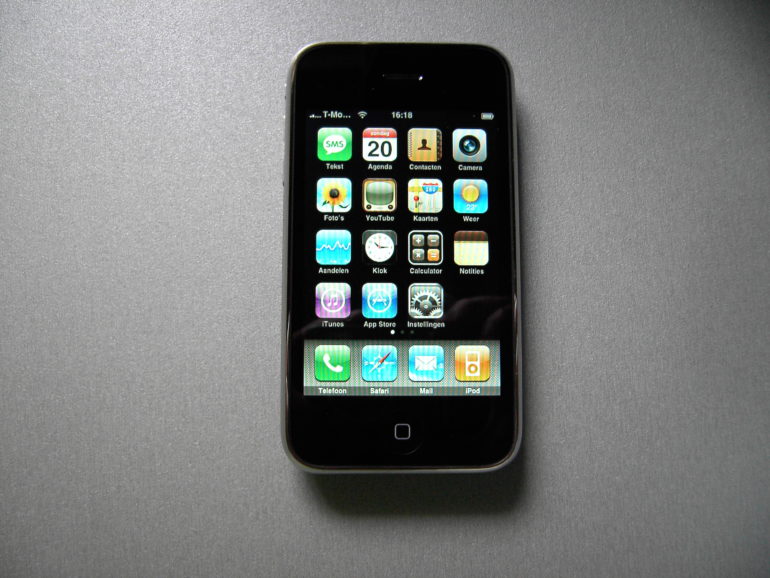
Maybe not a camera in its most traditional sense, but smartphone cameras have been instrumental in putting compact digital cameras almost out of business. And the camera phone that probably started this collapse was Apple’s iPhone 3G. Yes, it has the same fixed-focus 2-megapixel camera as the first generation iPhone that came before it. It should have been named the iPhone 2, but Steve Jobs capitalized on this model’s 3G data band compatibility for the name. It outsold its predecessor easily and put smartphone cameras into the hands of one million people over the first weekend of sales.
Olympus OMD EM5
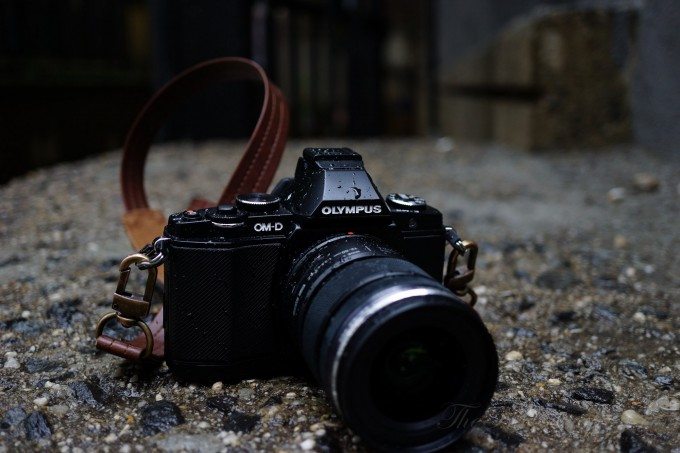
Despite being splashed in the rain by an NY cab, the Olympus OMD EM5 continued to perform like a champ. This was due to the fantastic weather sealing tech that Olympus / OM System has continued to use in its digital cameras. At the time of its launch, the OMD EM5 was also the first interchangeable lens camera with 5-Axis Image Stabilization. We enjoyed its fast autofocus speeds and the fact that taking a bath in the rain didn’t seem to slow it down. See how it fared during our tests in our review.
OM System OM1
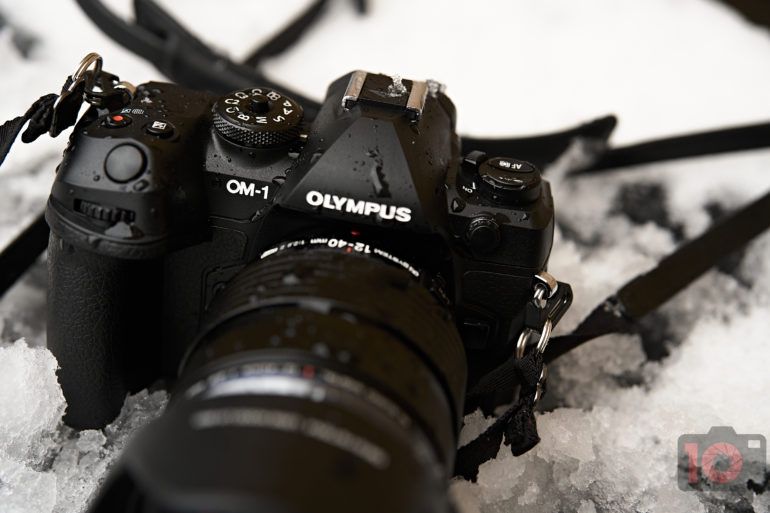
With AI built into the camera, the OM System OM1 brought terrific technology into the hands of photographers at an affordable cost. The build quality is highly desirable and we wish other manufacturers would take note. High ISO output is the best we’ve seen for Micro Four Thirds cameras, with usable images even at ISO 25,600. Cross quad-pixel autofocus, 50 to 120fps stills shooting depending on the AF mode you choose, and they still have inbuilt ND and Live Composite features. There’s not much to dislike about this camera; OM System churned out a winner. Check out our detailed review
Leica M9
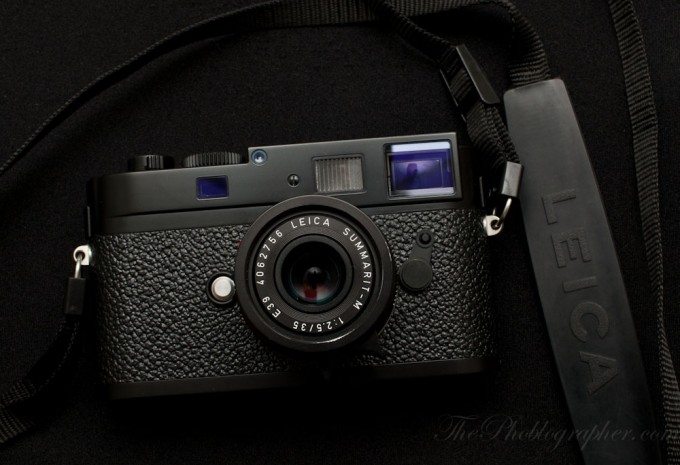
Not the most perfect of cameras, but we still love the Leica M9 for making you try to get the best possible image in-camera. The sensor of the M9 pretty much mimicked the kind of experience and results you would get while working with film. Noisy results above ISO 800, zone focusing had to be learned to get good results, and you learned to conserve your battery and not go nuts with clicking everything your eyes fancied. Read here why our editor-in-chief Chris says the “Leica M9 is a camera that represents what authentic photography should be again in many ways.”
In a world where photographers take a million shots to get a single good one, there is a more significant emphasis on not having skill. But the Leica M9 requires skill to use
Sony RX1
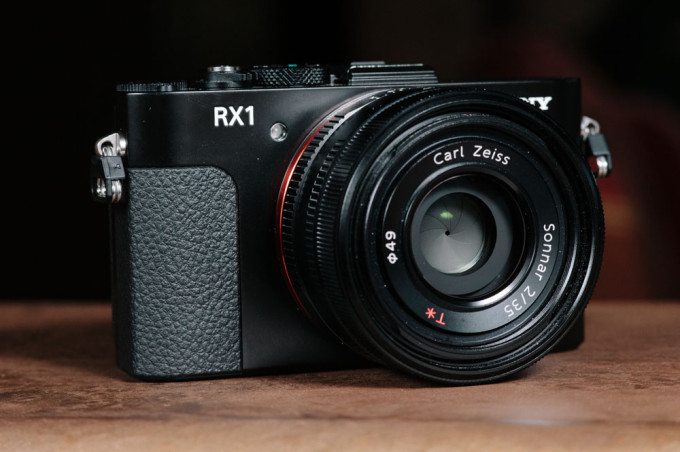
Another camera I considered purchasing on more than one occasion, given my love for full-frame sensors, is the Sony RX1. Compact and literally small enough to put inside the pockets of some of your pants (even with the Zeiss 35mm f2 fixed lens on it), this camera shows what R&D teams can do if they really focus on sound design. If you could get over Sony’s irritating menu system, the rest of the camera experience was pleasing. Fantastic at high ISOs, there’s so much you could get out of the RAW files from this camera. If this camera caught your eye when it was announced, read about what we thought of it.
Sony RX100
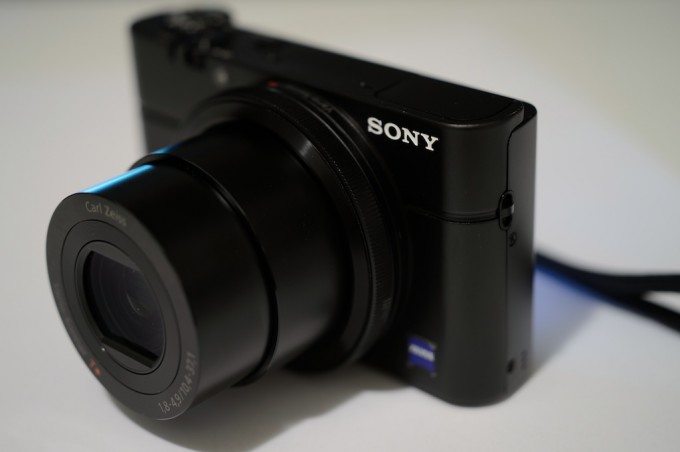
Continuing their run of well-designed cameras, Sony also launched the very compact RX100 camera in the summer of 2012. It had a reasonable degree of customization and decent battery life. For a pocket-sized camera with a 1″ sensor 20-megapixel sensor, we were surprised by how sharp the results were, even when cropped. It is a great camera for travel, especially considering that it has a 28-100mm equivalent lens in that tiny body. Take a look at what we thought about it here.
Sony a7
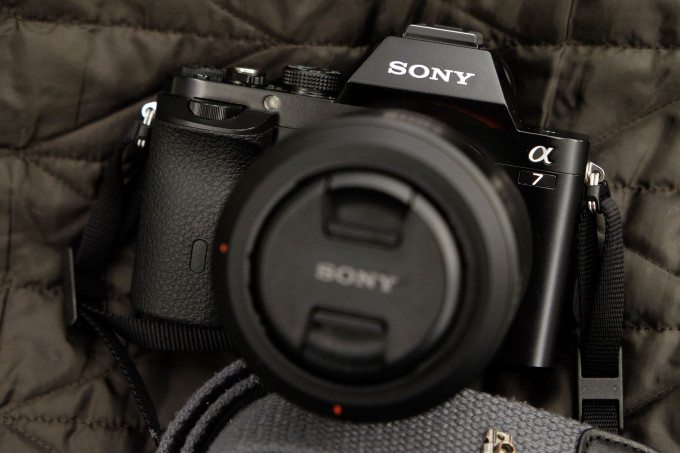
The camera that led many photographers to drop their brand allegiance, the Sony a7 is the first full-frame mirrorless camera that really made a difference. While competing brands focused on DSLR technology, Sony realized the future was in mirrorless cameras. We had no complaints when we tested this camera out. It set the benchmark for other brands to chase, and it shifted the camera industry in the right direction. Taking our Editor’s Choice Award, the Sony a7 had both young and old photographers selling their DSLR gear to enter the mirrorless segment.
Sony a7R
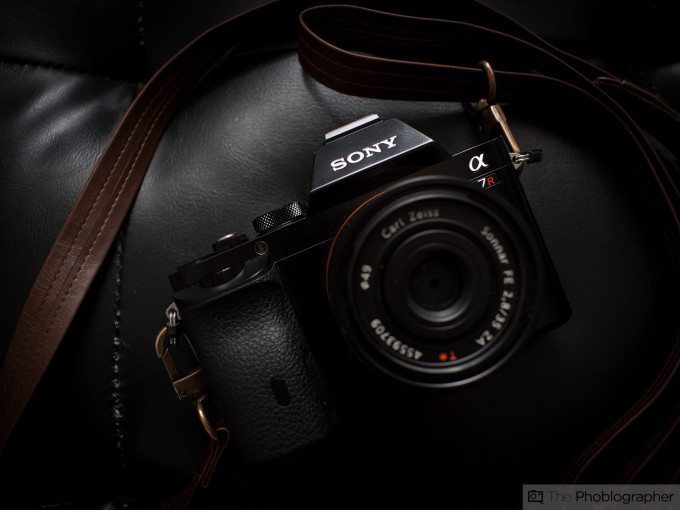
Alongside the a7, Sony also announced a high-resolution beast of a digital camera: the a7R. It was capable of producing drool-worthy images if you were willing to be patient with its autofocus issues. We wondered why the LCD wasn’t touch-capable, but the large viewfinder soon made us forget that. Built-in Wi-Fi meant you could quickly transfer your images to your phone to send to your loved ones or post online in a jiffy. This one took home our Editor’s Choice Award too, along with many other awards from around the world.
Sony A7s
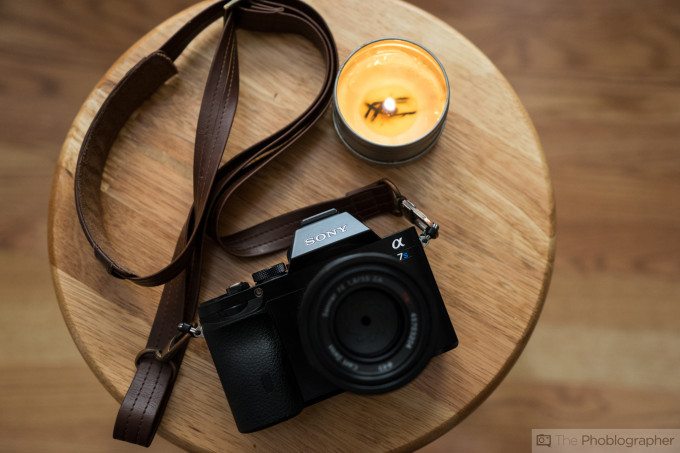
As if the previous two cameras didn’t already cement Sony’s position at the top of the camera market, a few months later they launched the Sony a7S. They deliberately kept the resolution to just 12 megapixels to allow for some never before seen levels of noise-free high ISO performance. Videographers loved this. Jaws dropped when they found the results matched what Sony had put out in their promos. Strike three for every other digital camera brand in the market who, no doubt, wondered how they would ever catch up with Sony. And you guessed it, this one also nabbed our Editor’s Choice Award.
Sony a9
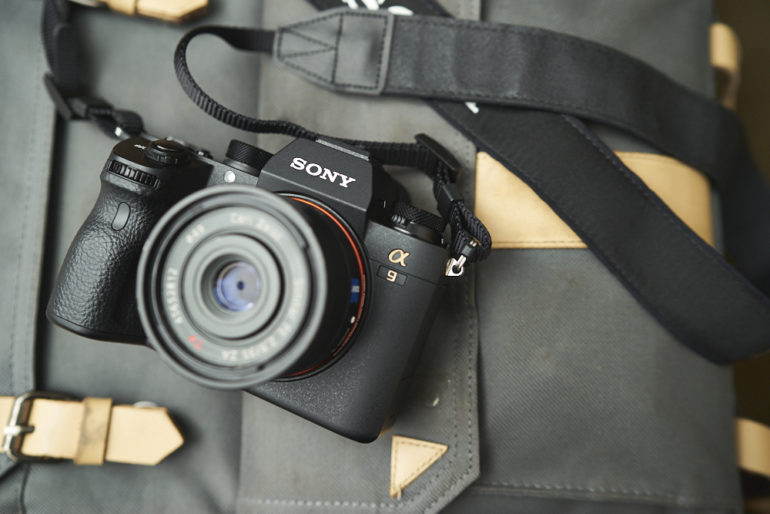
When I first read about this camera’s 20fps frame rate capability, I was shocked. Here I was trying to make the best out of my 11fps flagship Nikon, and Sony went ahead and blew it out of the water, at least in terms of specs. “20 fps – that’s almost like taking a movie for a few seconds,” I thought, noting how close it was to the standard 24fps movie frame rate. The lack of an integrated battery grip surprised me, especially since flagship cameras aimed at sports and photojournalists never seem to leave this out. If you thought 20fps alone was impressive, Sony let you do this with zero blackouts in your viewfinder. Nikon hadn’t even launched its Z mount series of digital cameras by this time, and Sony had already upped the game again.
Sony a1
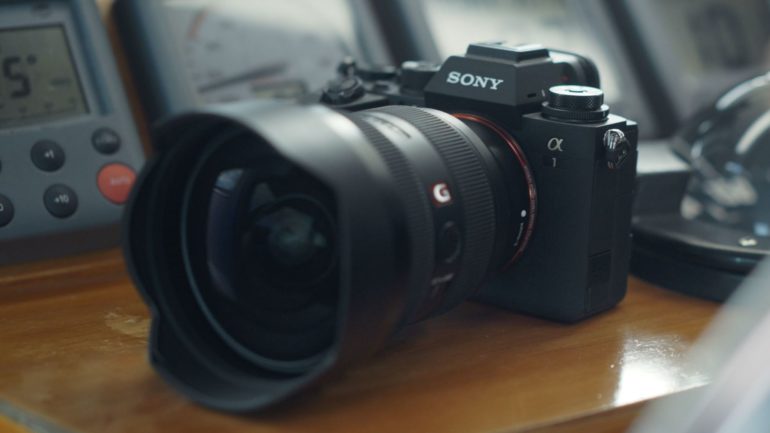
Showing us that stacked sensors are the future of photography, Sony launched the a1 in 2021. It houses a 50-megapixel sensor capable of taking images at 30fps, and the image files it produces have tremendous dynamic range. If you’re a pro-Sony photographer who needs consistently reliable performance in any location, this is probably the best camera you could buy today. Oh, and it has 8K video capabilities too. It might be overkill for most of us, but it’s nevertheless one of the best digital cameras of all time.
The EVF is excellent, and the autofocus system works like a charm for the most part. It’s a stunning camera.
Canon EOS R
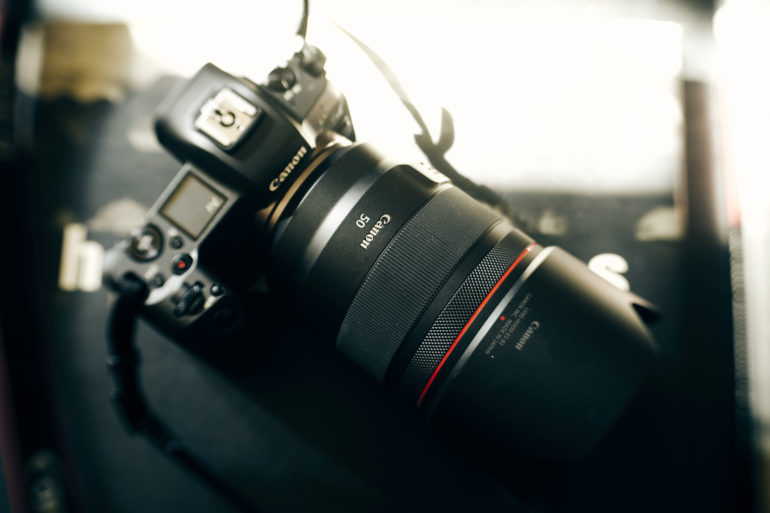
In 2018, Canon and Nikon decided to pick themselves up and join the mirrorless party, albeit very late. The EOS R was Canon’s first full-frame mirrorless camera, utilizing an all-new RF lens mount. Coming in at a unique 30.3MP resolution, we felt it was “a bit of a fusion between the Canon 5D Mk IV and the Canon 6D Mk II.” I love the designs of the EOS R cameras from Canon, and gosh, that 50mm 1.2 lens gives such pleasing results when paired with this camera. It was the first camera that protected the sensor when you changed lenses by closing the shutter over it during a lens swap. Despite not having dual SD card slots or a joystick, it won our Editor’s Choice Award. You can take a look at our review of this camera here.
Canon EOS R5
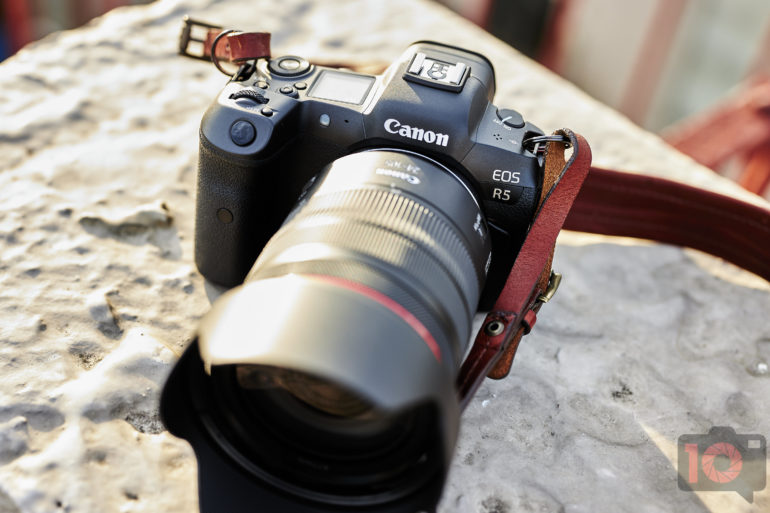
No real complaints here with this camera. The Canon EOS R5 has good autofocus and reliable build quality, and we love the colors out of this camera. It feels like the mirrorless version of the 5D series of DSLRs. With the latest firmware update, it’s even got animal and vehicle detection autofocus. Pricey no doubt, but then you’re getting you’re money’s worth when you invest in it.
Canon EOS R3
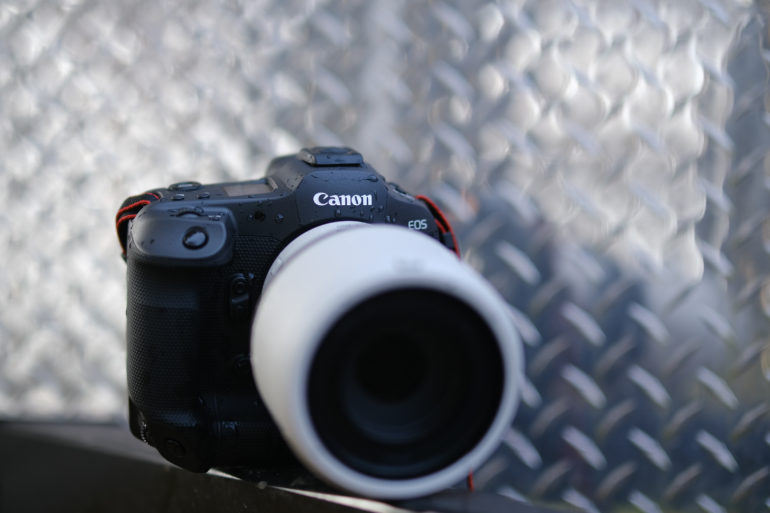
Prioritizing low light performance and high frame rate over larger resolution, Canon introduced the 24MP EOS R3 when many brands opted for more megapixels. But the most exciting feature of this camera was the reintroduction of Canon’s eye control AF, now perfected for the digital era. You’re controlling the focus point selection of the frame with your eyes. “It’s a quick way to change the focal point that’s a few microseconds faster than working with the joystick,” we noted in our review.
Nikon Z9
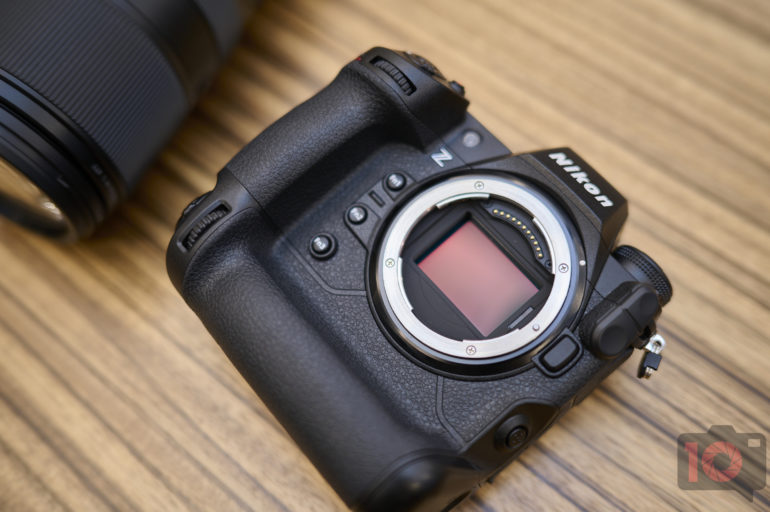
This camera has everything I need, except the price tag. Nikon’s most anticipated mirrorless camera didn’t disappoint when it was announced. It’s still hard to get a hold of, having been sold out almost everywhere. Nikon is “providing professional photographers pretty much everything they need with this one camera,” says Chris in his review of the Z9. And it’s the first pro-grade mirrorless camera without a mechanical shutter. Despite having only an electronic shutter, there’s no noticeable rolling shutter effect. Don’t believe us? See what we have to say about this and a lot more in our review.
Fujifilm GFX 50S
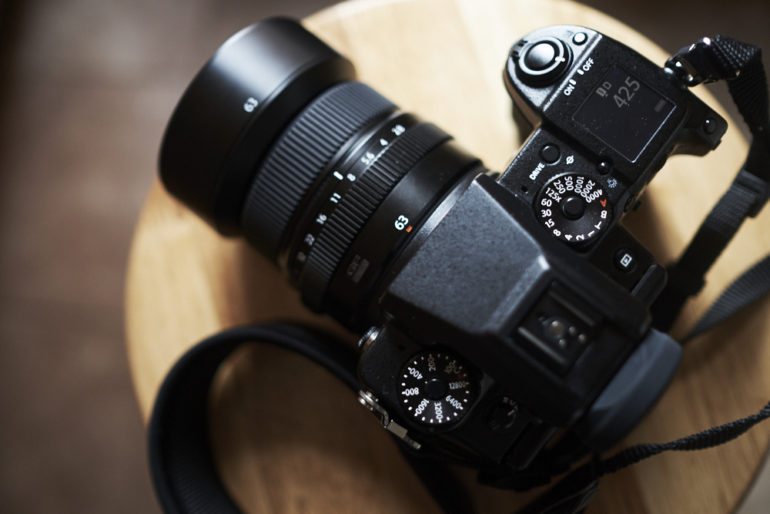
It was surprising to see Fujifilm move directly from an APS-C crop sensors series to their GFX series of medium format cameras, skipping full-frame cameras altogether. It seems they didn’t want to compete with Sony’s a7 series and the rumored Z and EOS lines from Nikon and Canon. The GFX 50S was the market’s first real affordable medium format digital camera. Phase One and Hasselblad had priced themselves out of range of most consumers. So when the GFX 50S was announced at $6,500, people didn’t wait too long before buying one. At the time, we found it to have the best autofocus in any medium format camera we tested. Fujifilm’s color science is legendary, and the image quality in the GFX 50S needs to be seen to be believed.
Fujifilm GFX 100
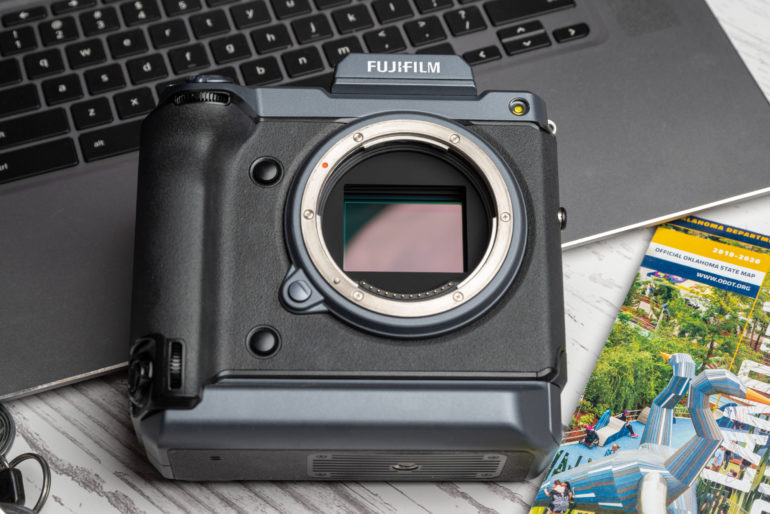
Not resting on their laurels, a couple of years after launching the GFX 50S, Fujifilm launched the 100-megapixel GFX 100 medium format camera. It was big and beefy (we didn’t enjoy the ergonomics), but Fujifilm introduced image stabilization in this body, making it the first medium format camera with IBIS. We didn’t enjoy the handling of this camera, but from an image-making perspective, we found ourselves loving the results.
Fujifilm GFX 100S
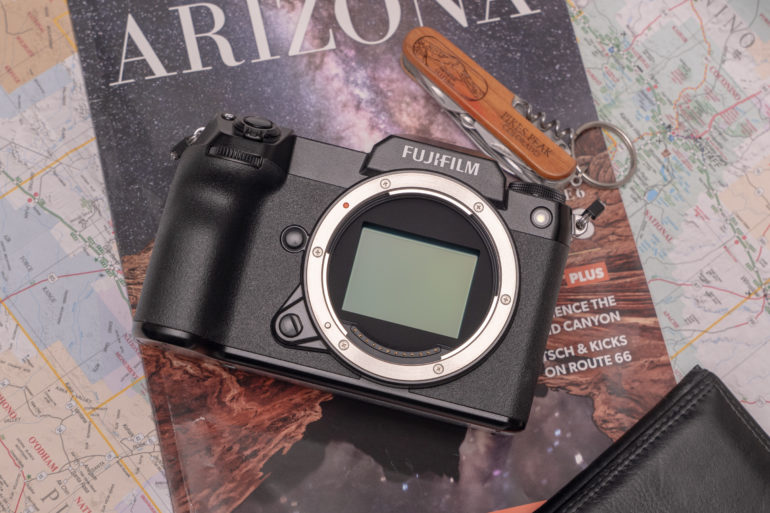
Fujifilm practically halved the size of the GFX 100, introduced a new IBIS mechanism, and sold that in the new GFX 100S for a good $3,000 cheaper! If you’re a pixel peeper, this sensor gives you 102 million of them. We only wish the menu system were touchscreen capable. An excellent camera, nevertheless. Read about it here.
The new IBIS system is a leap forward for Medium Format cameras for sure
Sony a7c
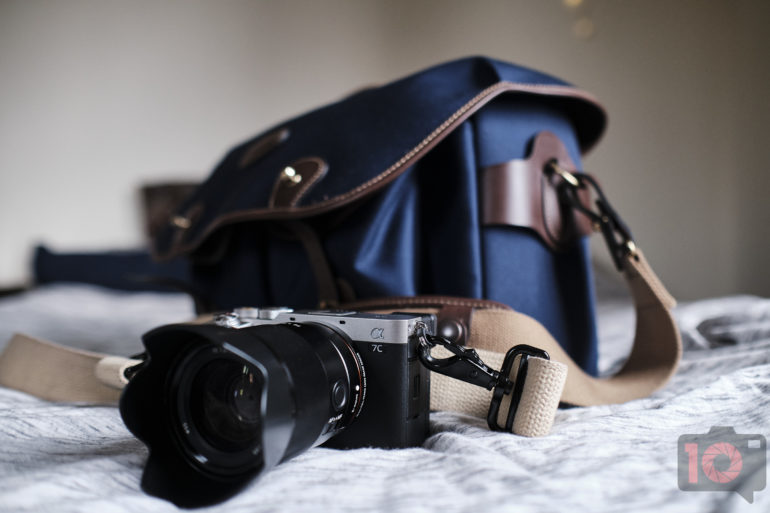
Our love for rangefinder cameras at The Phoblographer is no secret, so we were delighted with the design of the Sony a7c. High ISO performance is magnificent in this camera, and the weather resistance held up well in our tests. Tiny with an inbuilt EVF, if you’re willing to overlook the lack of a joystick, you’d probably enjoy this camera as much as we did.
It’s a fantastic camera for a documentary photographer and portrait photographer. This is because of the small size and big performance.
Fujifilm Instax Mini LiPlay
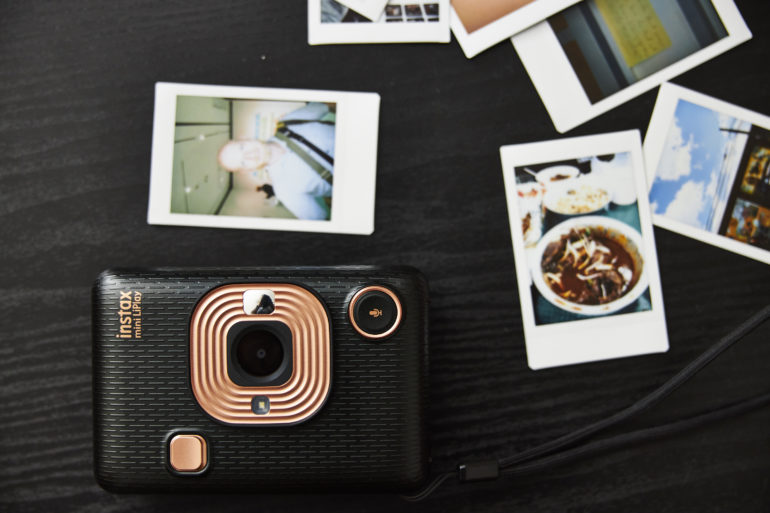
A unique one for our last in this list, the Instax Mini LiPlay is Fujifilm’s best fusion camera, combining analog and digital tech in a way they couldn’t before. It’s a point-and-shoot that’s bound to be a conversation starter at parties. Stack up on Instax film when you get a good deal, and fire away. Read here why it won the Editor’s Choice Award.
Is Your Favorite Camera In Here?
This is, by no means, a comprehensive list. There are bound to be a few choices that might be controversial. You may say I’ve missed some cameras that you feel deserved a spot. Please do tell us in the comments which ones you agree with and which ones you think should have made the list.
All images in this article were either shot by the staff or used with Creative Commons Permissions.


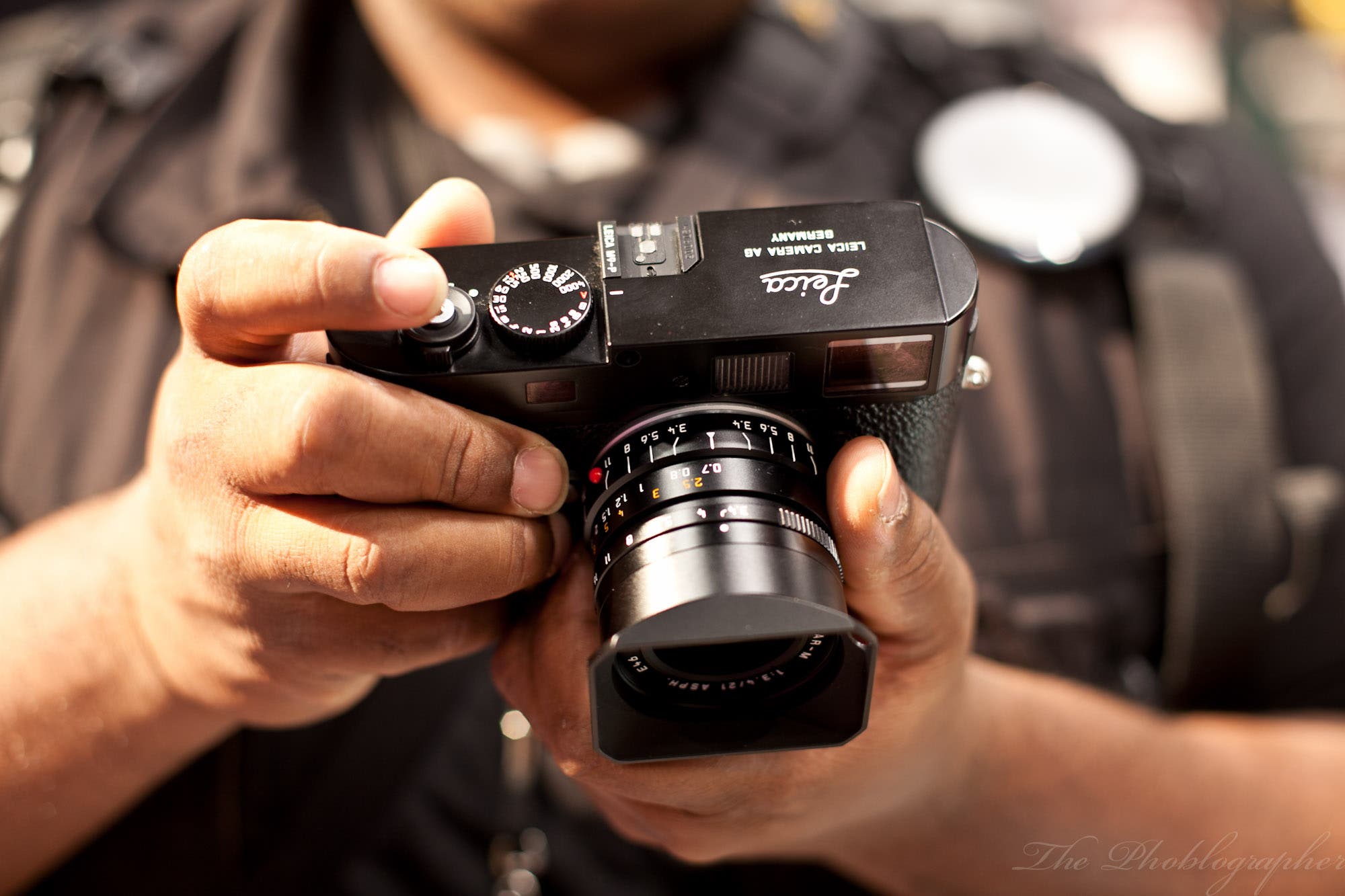
Leave a Reply